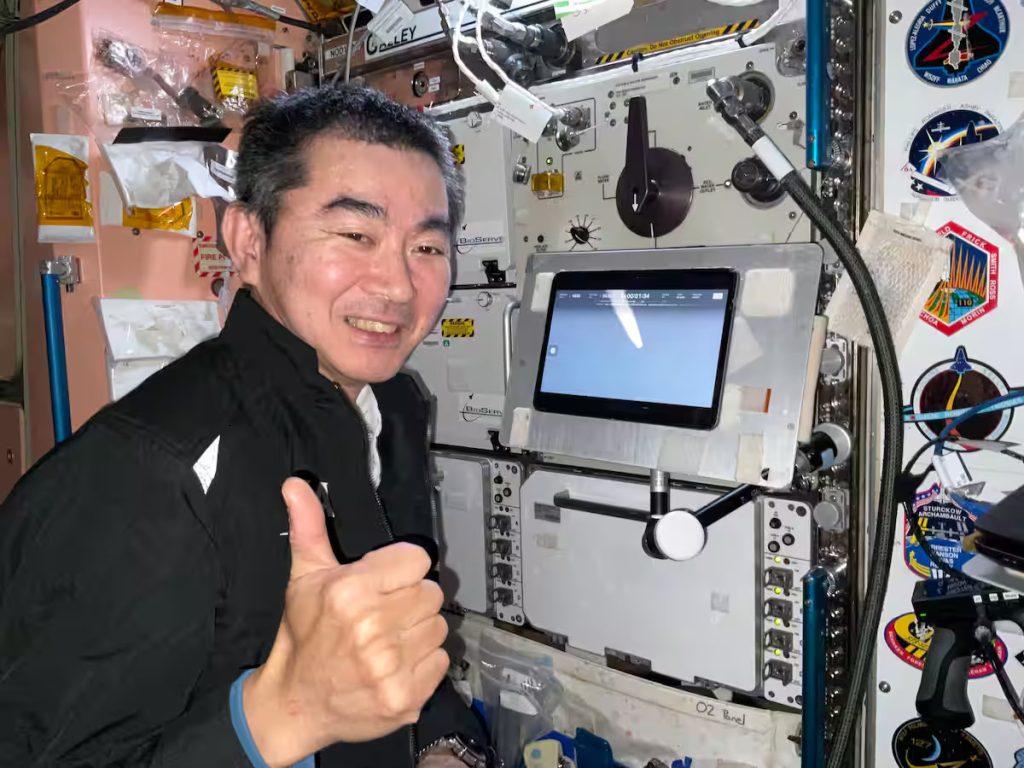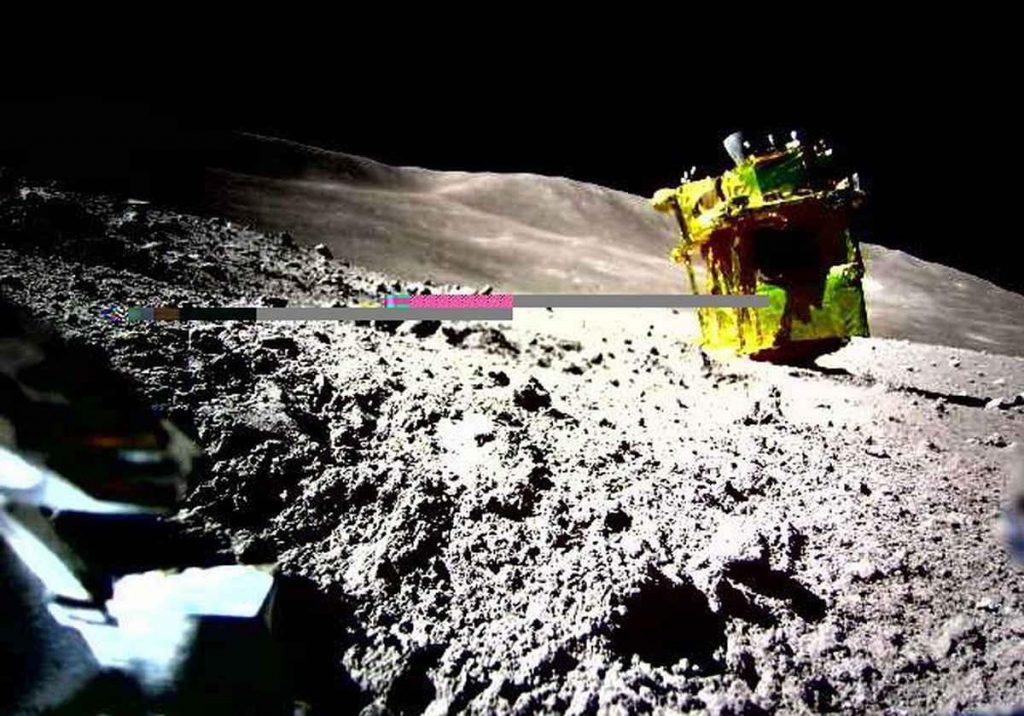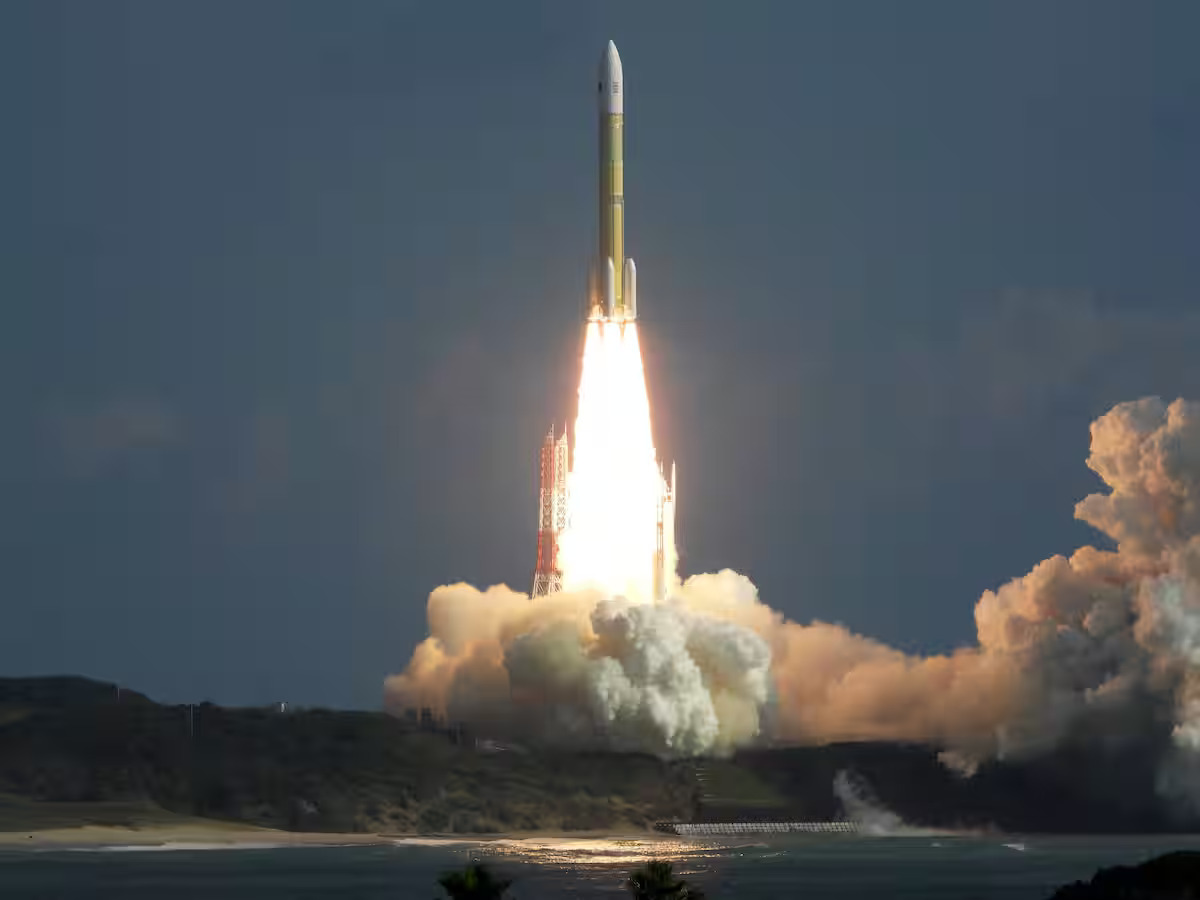Japan’s H3 No 7 rocket lifted off as scheduled at 9:00 AM on October 26 from the Tanegashima Space Center in Minamitane, Kagoshima Prefecture. About 14 minutes later, it successfully separated the new space station resupply vehicle, HTV-X No 1, and placed it into its designated orbit.
Thunderous applause erupted in the control room the moment success was confirmed, where staff from the Japan Aerospace Exploration Agency (JAXA) and Mitsubishi Heavy Industries had been waiting anxiously.
The launch also carried a space-use brewing apparatus and sake ingredients jointly developed by Dassai Inc, a sake brand, and Mitsubishi Heavy Industries.
This marks the first phase of the “Dassai MOON Project,” which aims to one day build a brewery on the lunar surface and brew sake there. Brewing experiments under simulated lunar gravity conditions are scheduled to be conducted inside the Japanese Experiment Module “Kibo” aboard the ISS.
HTV-X’s Space Mission
The HTV-X is a new resupply spacecraft developed by JAXA to transport cargo to the International Space Station (ISS). It measures approximately 8 meters in length and 4.4 meters in diameter. When its solar panels are expanded after launch, the total width extends to about 18.2 meters.
Around four days after launch, HTV-X is scheduled to arrive at the ISS, where astronaut Kimiya Yui is stationed. On the 30th, at an altitude of roughly 400 kilometers, the resupply craft will approach the station to within about 10 meters. Thereafter, Yui will operate the robotic arm to capture and dock it.
 Kimiya Yui also watched the launch of H3 Rocket No 7 from the International Space Station. (©Yui’s X)
Kimiya Yui also watched the launch of H3 Rocket No 7 from the International Space Station. (©Yui’s X)
Sharing his excitement on X, Yui wrote, “It successfully entered orbit! I’ll make sure to grab it firmly with the robotic arm to meet everyone’s expectations!”
Upon arriving at the ISS, fresh food and experimental equipment will be unloaded. Thereafter, the HTV-X is scheduled to remain docked for up to six months. It will then undock, conduct about three months of technology demonstrations in Earth’s orbit, and finally re-enter the atmosphere, where it will burn up.
Expanding Japan’s Capabilities
The H3 rocket carrying HTV-X was developed as the successor to the H2A rocket, which retired in June. Designed to halve launch costs and preparation time compared to its predecessor, it aims to meet growing commercial demands.
The spacecraft can carry up to 5.85 tons of cargo, bringing its total mass to approximately 16 tons, with a development cost estimated at roughly ¥35.6 billion JPY (about $332 million USD).
Meanwhile, its H3 launch rocket comes in three variants — standard, large, and small — depending on the payload. All six rockets launched to date have been standard models, while No 7 is the first large-capacity version.
With this successful launch, JAXA and Mitsubishi Heavy Industries have demonstrated their ability to meet diverse customer needs, both domestically and internationally.
HTV-X was developed based on the first-generation resupply spacecraft Kounotori (HTV), which retired in 2020. Its power supply capacity has been increased to about 1.5 times that of its predecessor.
Equipped with refrigeration and freezing capabilities, the latest spacecraft can transport temperature-sensitive cargo, such as experimental samples. Additionally, it can operate for up to one and a half years after undocking from the ISS, enhancing its flexibility for various demonstration missions.
 A photo captured by the lunar robot SORA-Q shows SLIM upside down on the lunar surface. The horizontal lines in the image are capture noise. (Provided by JAXA, Takara Tomy, Sony Group Corporation, and Doshisha University)
A photo captured by the lunar robot SORA-Q shows SLIM upside down on the lunar surface. The horizontal lines in the image are capture noise. (Provided by JAXA, Takara Tomy, Sony Group Corporation, and Doshisha University)
Attention is also focused on its role in the international crewed Artemis program for lunar exploration. Japan is tasked with developing an unmanned resupply spacecraft to deliver cargo to the crewed outpost in lunar orbit. This spacecraft is considered an advanced version of the HTV-X.
RELATED:
Author: The Sankei Shimbun, JAPAN Forward
(Read this in Japanese here and here)
Continue Reading


